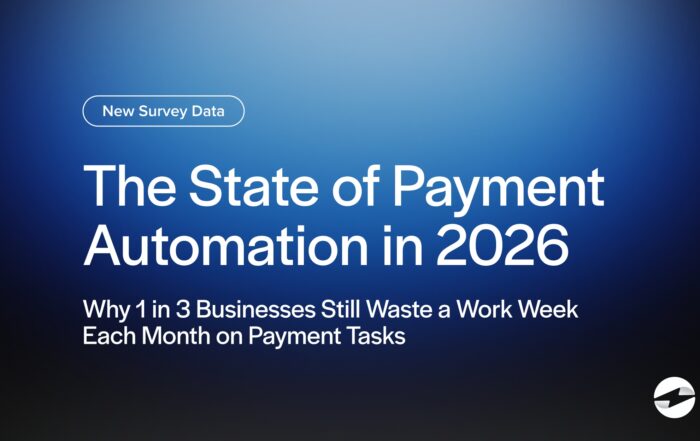What is a cash disbursement?
A cash disbursement is any payment a business makes using cash, a check, or an electronic transfer. Think of it as money going out to pay vendors, employees, operating expenses, etc. If you’ve ever written a check to pay rent or swiped your business debit card for office supplies, you’ve made a cash disbursement.
Tracking cash disbursements is key to managing cash flow. Businesses need to know where their money will go to avoid surprises and ensure they have enough on hand to cover future expenses.
Key Points
- Keeping track of payments helps avoid cash flow issues. If you don’t know where your money is going, you might run into problems paying bills, even if sales are good. Tracking your outgoing payments helps ensure you always have enough cash on hand.
- A simple log can keep your finances organized. Writing down every payment—whether it’s for rent, supplies, or wages—makes it easier to stay on top of spending and prepare for tax time.

Cash disbursement example
Let’s say you own a small bakery. In one week, you might have the following cash disbursements:
- Monday: You pay $500 for flour and sugar.
- Wednesday: You write a $2,000 check for your storefront.
- Friday: You pay $1,200 to your employees.
Each of these is a cash disbursement because they’re money leaving your business. If you’re only looking at your sales you might think you’re killing it—but if you’re not tracking your disbursements you could be short on cash when bills are due.
Cash disbursement journal example
A cash disbursement journal is where businesses record all cash payments. This helps track spending, reconcile accounts and prepare financial statements. Here’s a simple example:
| Date | Payee | Payment Method | Amount | Description |
|---|---|---|---|---|
| 03/01 | ABC Supplies | Check #102 | $500 | Baking ingredients |
| 03/03 | Landlord LLC | Electronic | $2,000 | Store rent |
| 03/05 | Employees | Direct Deposit | $1,200 | Payroll |
This log helps you stay organized and makes sure all outgoing payments are accounted for. It also makes tax time much easier as it provides a clear record of deductible business expenses.
Cash disbursements are a part of everyday business. Whether you’re paying for inventory, rent or employee wages tracking these transactions is key to good financial management. Keeping a detailed cash disbursement journal means you always know where your money is going, avoid cash flow issues, and stay financially healthy.
You May Also Like
Read More
QuickBooks Payments Fees vs. Lower-Cost Alternatives: 2026 Guide
Read More
EBizCharge Listed as a 2025 Construction Executive Top Construction Technology Firm
Read More
Read More



